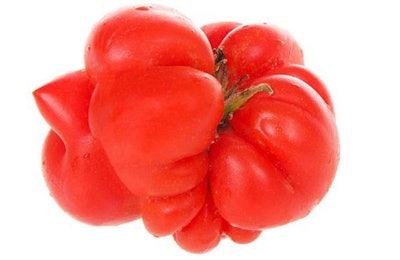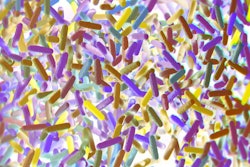
Food waste is a huge problem with implications for addressing global hunger and ensuring sustainable supplies of pet food ingredients, especially proteins. Fortunately, pet food can also play a part in reducing waste.
About one-third of all human food produced each year goes to waste, according to the Food and Agricultural Organization (FAO) of the United Nations (UN). It’s even higher in developed regions like North America and Western Europe. At the same time, 815 million people worldwide go hungry, says the UN, which expects 2 billion more people to be undernourished by 2050.
The pet population also keeps rising, and pet owners around the world increasingly want to feed their furry family members similarly to their human ones. That means more proteins and meat – FAO data shows 20% of meat and 35% of fish produced is lost or wasted each year – plus superfoods like fruits, vegetables and pulses. Fruits and vegetables, and roots and tubers, experience 45% loss or waste, with pulses and oil seeds at 20%. Plus, cereals and grains, another common pet food ingredient category, experience 30% loss or waste.
The good news is that pet food companies are well positioned to at least put a dent in these numbers. Shameless Pets has based its business on using “upcycled” foods for its treats. And, some protein ingredients long used in pet food – meat by-products – are a prime example of preventing loss or waste from the human food stream. On the other hand, they have been unfairly vilified by pet food critics and even some pet food companies, despite research proving strong benefits to dogs and cats.
A counter-response starting to appear is renaming ingredients like by-products – again following human food. In a 2017 study, professors at Drexel University asked consumers which product labels they preferred in considering products using discarded foods, and they chose upcycled (like Shameless uses), followed by reprocessed.
Perhaps rebranding is the key to selling pet foods and treats that are more sustainable and help reduce food waste. The National Renderers Association is doing exactly that, renaming itself the North American Renderers Association to avoid confusion (its executives have jokingly referred to it as the “other NRA”) and to focus on the vital, sustainable role rendered products play in pet food and other industries.

















